Summer Surprises: Late-blooming flowers
01 Jul 2016
When the dog days hit, our gardens often take a turn for the worse.
But late-blooming flowers can liven up the landscape just as everything else turns dull.
By Panayoti Kelaidis Mid-to-late summer is the most predictable time of year for warm weather and lovely evenings. Surely you could use some durable color to accompany the cocktails, the barbecues and the beautiful half-light that spreads coolness over the summer landscape as the shadows of the Flatirons trickle their way eastward in the lavender twilight. A wealth of late-summer flowers is available for our gardens—and not just plants in the mint and daisy families (although these two groups have done an especially good job of brightening the last half of the growing season). I value not only color in late summer, but the many fragrant plants that perfume the evening air and attract a wealth of interesting insects. I love a diversity of buzzing, humming and swarming insects in the garden not just to attract birds, but for their own delightful, buggy selves. I hate walking through the “horticultural” section of big-box stores that are stacked with endless insecticides and pesticides. Use them minimally, if at all. A diverse garden full of all manner of beneficial insects is the best defense your plants have in the long run.Here are my picks for plants that perk up the late-summer landscape. Plant a few in your yard, and you too will rejoice come the dog days of summer.
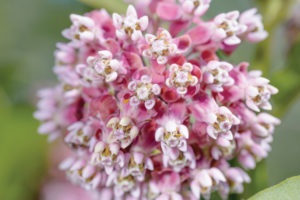
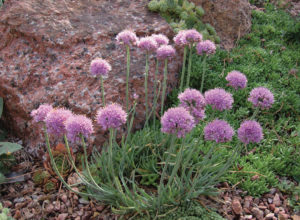
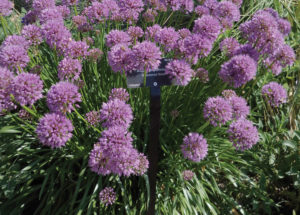
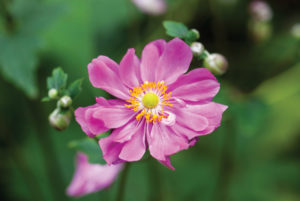
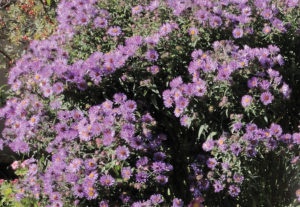
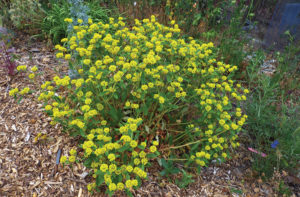
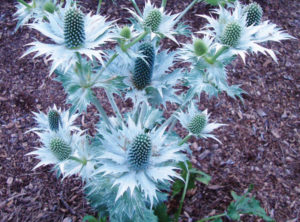
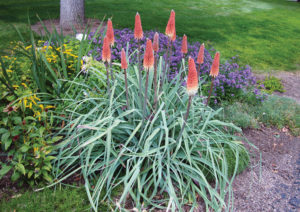
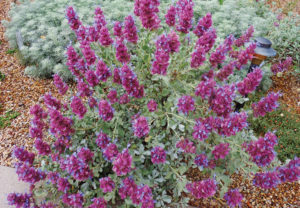
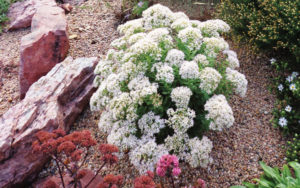
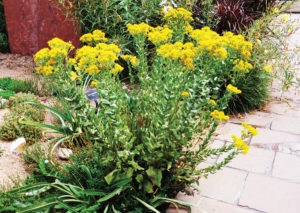
 Panayoti Kelaidis is senior curator and director of outreach at Denver Botanic Gardens.
Panayoti Kelaidis is senior curator and director of outreach at Denver Botanic Gardens. 











